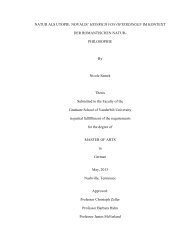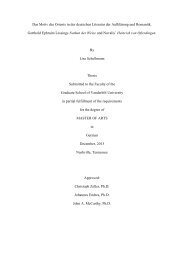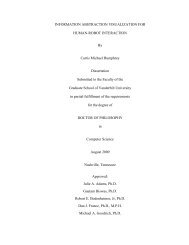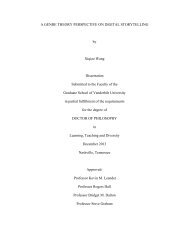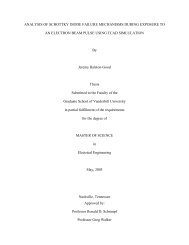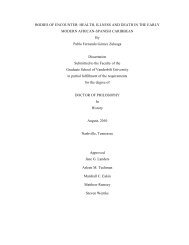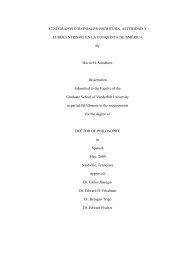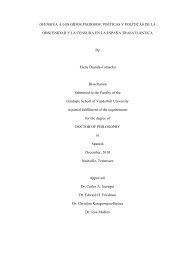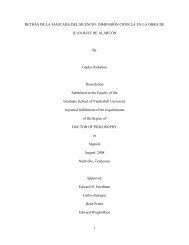EVIDENCE OF ACCRETION-GENERATED X-RAYS IN THE YOUNG ...
EVIDENCE OF ACCRETION-GENERATED X-RAYS IN THE YOUNG ...
EVIDENCE OF ACCRETION-GENERATED X-RAYS IN THE YOUNG ...
You also want an ePaper? Increase the reach of your titles
YUMPU automatically turns print PDFs into web optimized ePapers that Google loves.
which provide mass reservoirs from which the stars can grow through circumstellar<br />
accretion. Typical mass accretion rates for T Tauri stars are around 10 9 –10 8 M<br />
yr 1 (Calvet et al., 2004), though this value can vary widely. Accretion of circumstel-<br />
lar material onto the central star results in flux increases in the X-ray through infrared<br />
wavelength regimes and also causes the star to appear variable as the accretion rate<br />
fluctuates or the accretion stream geometry changes. In addition, infalling material<br />
absorbs some of the bluer flux from the emission line, reducing the overall amount of<br />
the blue-wing emission of some emission features. In cases where the absorption is<br />
strong enough, the emission line blue wings go into absorption while the remainder<br />
of the feature stays in emission, producing what is known as an inverse P-Cygni pro-<br />
file.As material impacts the photosphere, the energy generated also ejects material<br />
from the star, generating a wind. The signature of this wind is observed in cTTS as<br />
aP-Cygniprofileintheprominentemissionlines. Thoughawindwouldbeexpected<br />
to be produced in any direction (such that a redshifted and blueshifted component<br />
should be observed), the blueshifted wind component is observed most due to the<br />
optically thick circumstellar disk blocking our view of the redshifted component.<br />
2.2 FUors and EXors<br />
There are two prominent classes of cTTSs that are known to erupt because of<br />
sudden, large-scale accretion events: FUors and EXors. In general, it is thought<br />
that the main di↵erence between these types of stars is the level of their “quiescent”<br />
accretion rates and the duration and magnitude of the large accretion episodes that<br />
they experience. Figure 4 illustrates they physical setup of these types stars and how<br />
17



